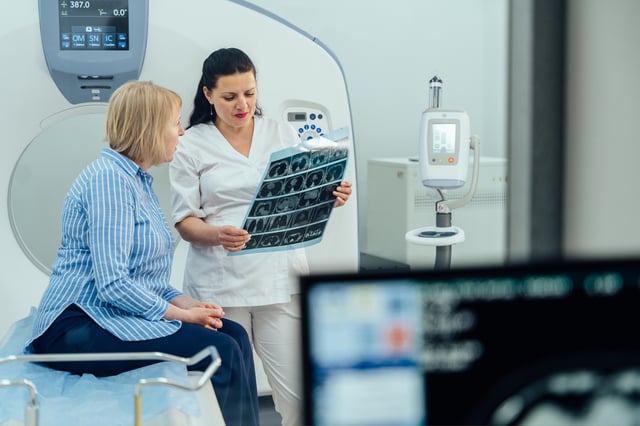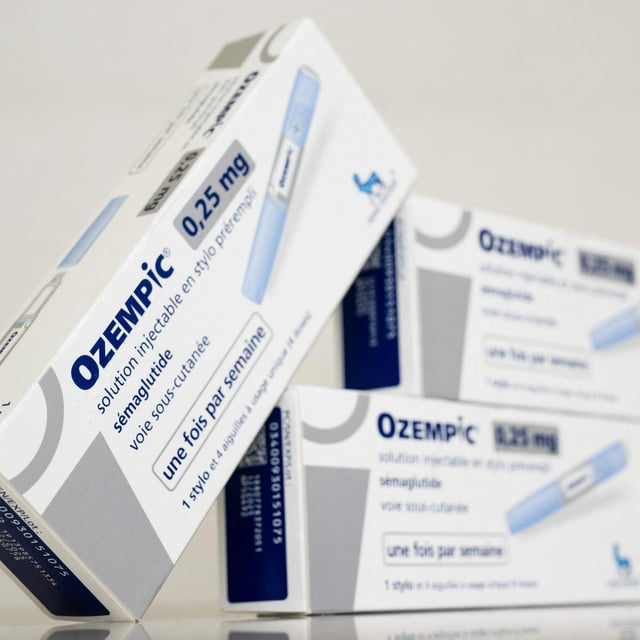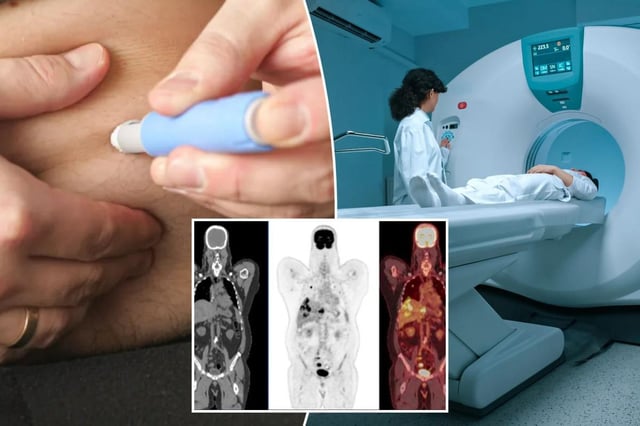Overview
- Alliance Medical presented a retrospective case-series at the EANM Annual Congress reporting altered FDG distribution in patients taking GLP-1 agonists.
- Observed patterns included increased uptake in skeletal muscle, myocardium and brown adipose tissue that can resemble malignancy or inflammation.
- The team warns these findings can lead to unnecessary tests, incorrect cancer staging and treatment delays, adding stress for patients.
- No UK or international guidance currently addresses this issue, and researchers advise continuing therapy, following standard fasting and rest protocols, and documenting medication histories.
- With GLP-1 use surging—about a 700% rise since 2019 and roughly one in eight U.S. adults reporting use—the group plans multicenter data expansion and international collaboration to inform future guidance.



